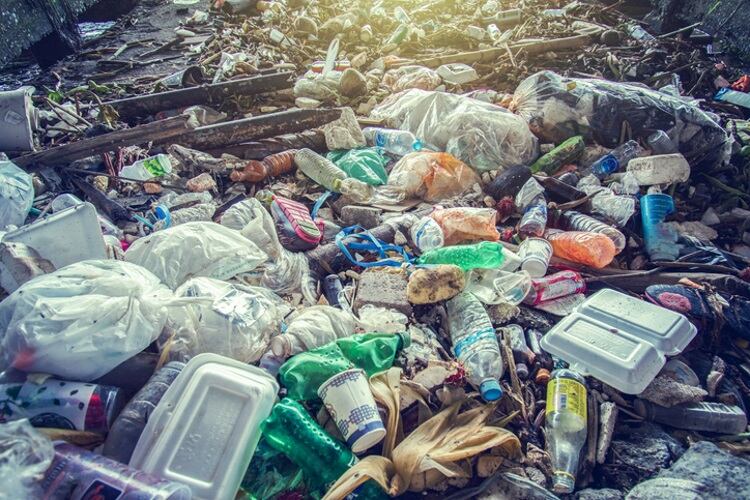
Producer responsibility for packaging has grown up. However, many businesses are still unaware of their responsibilities, particularly when it comes to international sales.
General compliance
The European Packaging Regulations were introduced 22 years ago to stimulate recycling and help member states to meet national targets. The system has proven a great success, with packaging recycling and recovery in the UK exceeding targets and rising from 33% in 1998 to 70.2% in 2017.
Each country operates a different system.
Under the UK’s market-led scheme, businesses with a turnover above £2m ($2.6m), or which place more than 50 tons of packaging onto the market, are required to report annually on the volume of packaging they generate, and to buy evidence in the form of packaging recovery notes (PRNs) to subsidize recycling.
Obligated businesses buy PRNs through an independent compliance scheme such as Valpak, which works with recyclers to make sure the correct amount of recycling has taken place.
Compliance schemes also manage the time-consuming collection and reporting of data on behalf of their customers. For retailers in particular, the volume of data is staggering.
For example, Valpak’s database holds 20 million individual product and packaging stock-keeping units (SKUs). Each year, around four million new product lines are added.
However, although some businesses have grown quickly to reach the obligation threshold, others – including household names – are unaware of their obligation.
‘Free riders’ are not only breaking the law, they also penalize those companies that do pay their way, and the councils and reprocessors that fund the recycling of ‘orphan’ packaging.
EPR reform
The Circular Economy Package, which was published by the EU in 2018, set out a target for producers to pay 80% of the full net cost of recycling. The package will be implemented Europe-wide, but for UK producers, it arrives at the same time as a concerted push to transform the whole EPR system.
Consultation on a new structure for EPR is underway, with changes planned for 2023.
The chosen system is likely to place a much greater burden on producers. For example, the current de minimis ruling, which excludes businesses with a turnover of less than £2m ($2.6m), or which place more than 50 tons of packaging on the market, is likely to be reduced – or removed.
Plastic pact
In the meantime, many larger brands have already begun projects designed to use plastic more wisely or to innovate to find viable alternatives.
Last year saw the launch of WRAP’s (Waste and Resources Action Program) voluntary Plastic Pact, and 67 businesses are now committed to meeting challenging targets by 2025.
Goals include making 100% of plastic packaging reusable, recyclable or compostable, and achieving 30% average recycled content across all plastic packaging.
Accurate data will be key to achieving both own-brand goals and independent compliance schemes, like Valpak, should make their data insight platforms available for customers to compare products against metrics such as recycled content or use of colored plastics.
Pact members will also be able to access a dedicated tab that automatically flags up the items that meet targets and those that do not.
International compliance
Each European member state has its own system in place, and many other countries, such as the US and Canada, are also implementing producer responsibility schemes.
Data must be submitted in the language and currency of each country, and thresholds vary enormously. In France, for example, businesses are obligated as soon as they place the first item onto the market, while the UK currently has one of the highest thresholds.
Data submissions can be annual, monthly, bi-annual or quarterly. Green Dot registration is mandatory in some European countries and – compulsory or not – any company that prints the symbol on their packaging for countries that recognise the Green Dot, must register and pay a fee.
For exporters, retailers and brands, all this red tape can mean hundreds of submissions, which can be confusing and time consuming, so again, this is where the services of an independent compliance scheme could be beneficial.
Packaging design and production – particularly of plastic – is already changing to reflect sustainability goals.
As increasing numbers of brands become aware of their international obligations, and voluntarily commit to challenges such as Plastic Pact, the supply chain will become more streamlined, responsible, and robust.


